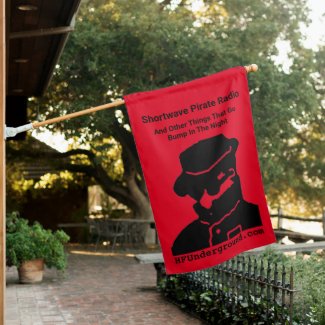I'm building a ferrite loop stick comprised of two larger "rods" of 12 bundled rods, stacked end to end. Each bundle of 12 is currently held tightly together with electrical tape on both ends. I lined them up, then wrapped some more electrical tape over the joint. There is the slightest of mechanical play between the bundles, but not within the bundles.
As I was checking the loop for proper inductance together with my air variable, I was also rotating the radio + ferrite assembly to test changes in signal. I noticed some occasional wild oscillations of signal while handling the assembly, and I assume it is due to the imprecise and intermittent physical connections where the bundles meet in the middle, right where the coil currently sits.
Any input on whether I should:
1) Move the loop to one end where it would then reside on a solid segment of ferrite ,
2) Put some Penetrox A between the bundles,
3) Figure a way to make that center joint mechanically stable.
Regarding these points:
1) I tested sliding the coil along the ferrite. I don't know the EE theory here, but it seems the gain was highest with the coil in the middle, and I think I read that the inductance changes based on the position.
2) It seems intuitive to use a conductive paste between ferromagnetic materials, but I can't shake the feeling that's not how it works.
3) It will be tough, but not impossible, to get some stabilizing dowels inside the plastic cuff I am using.



